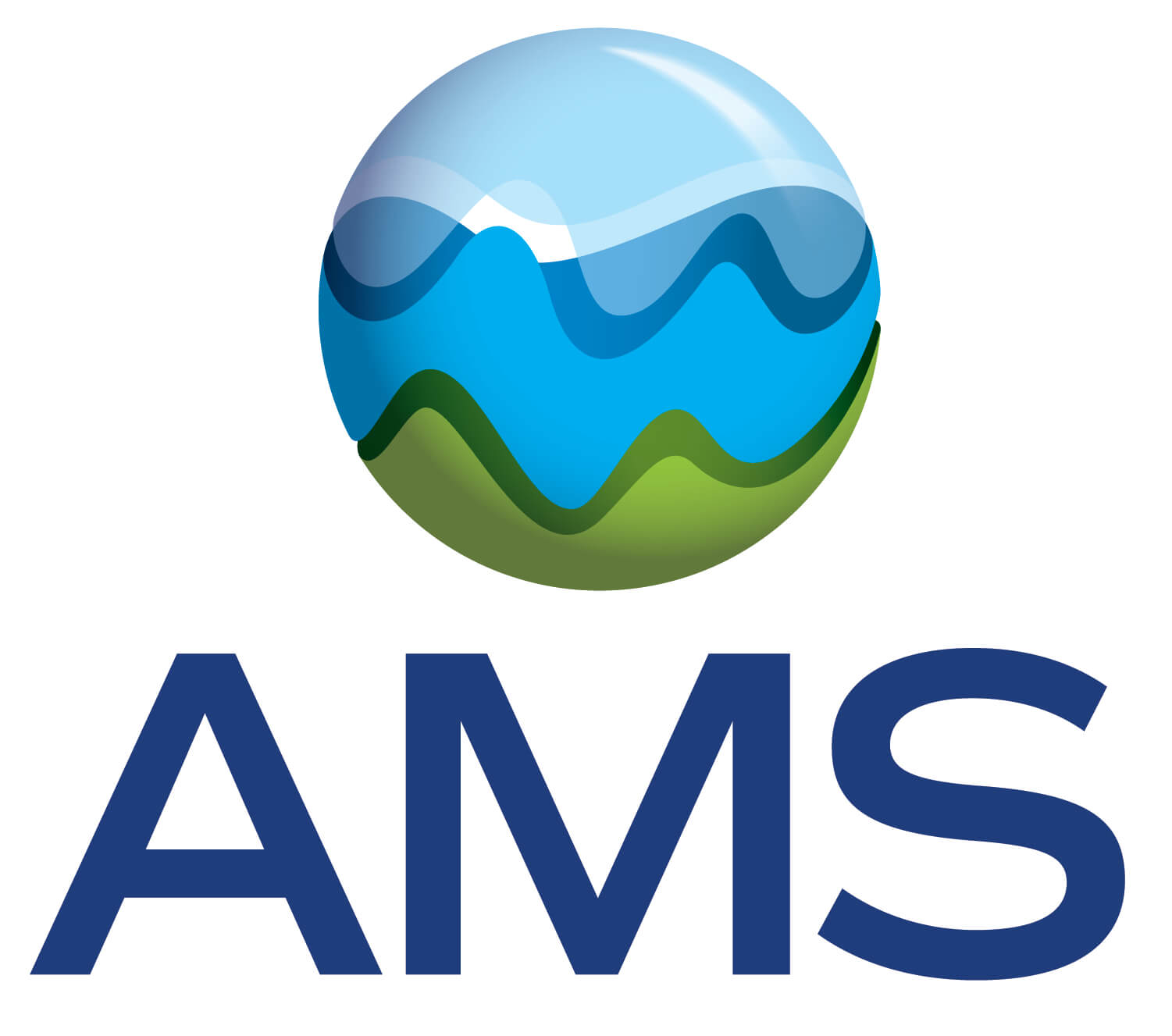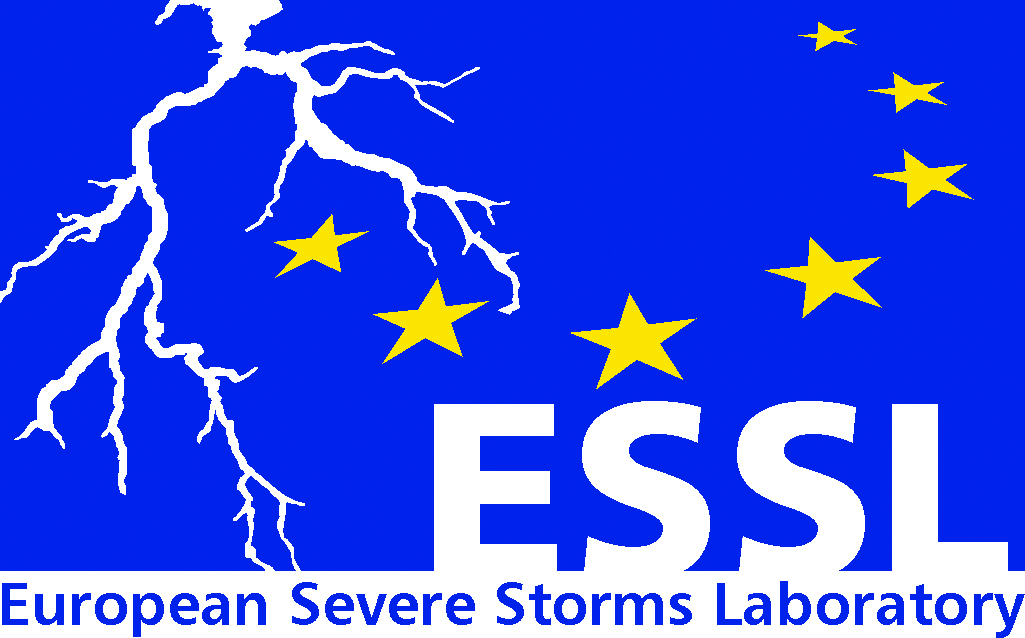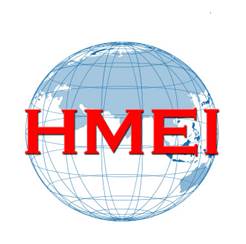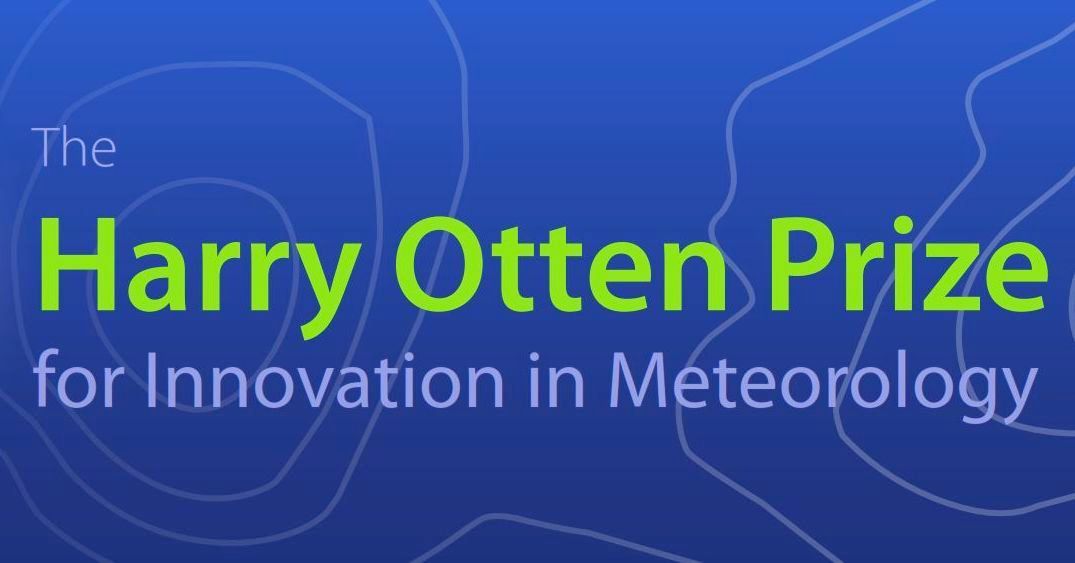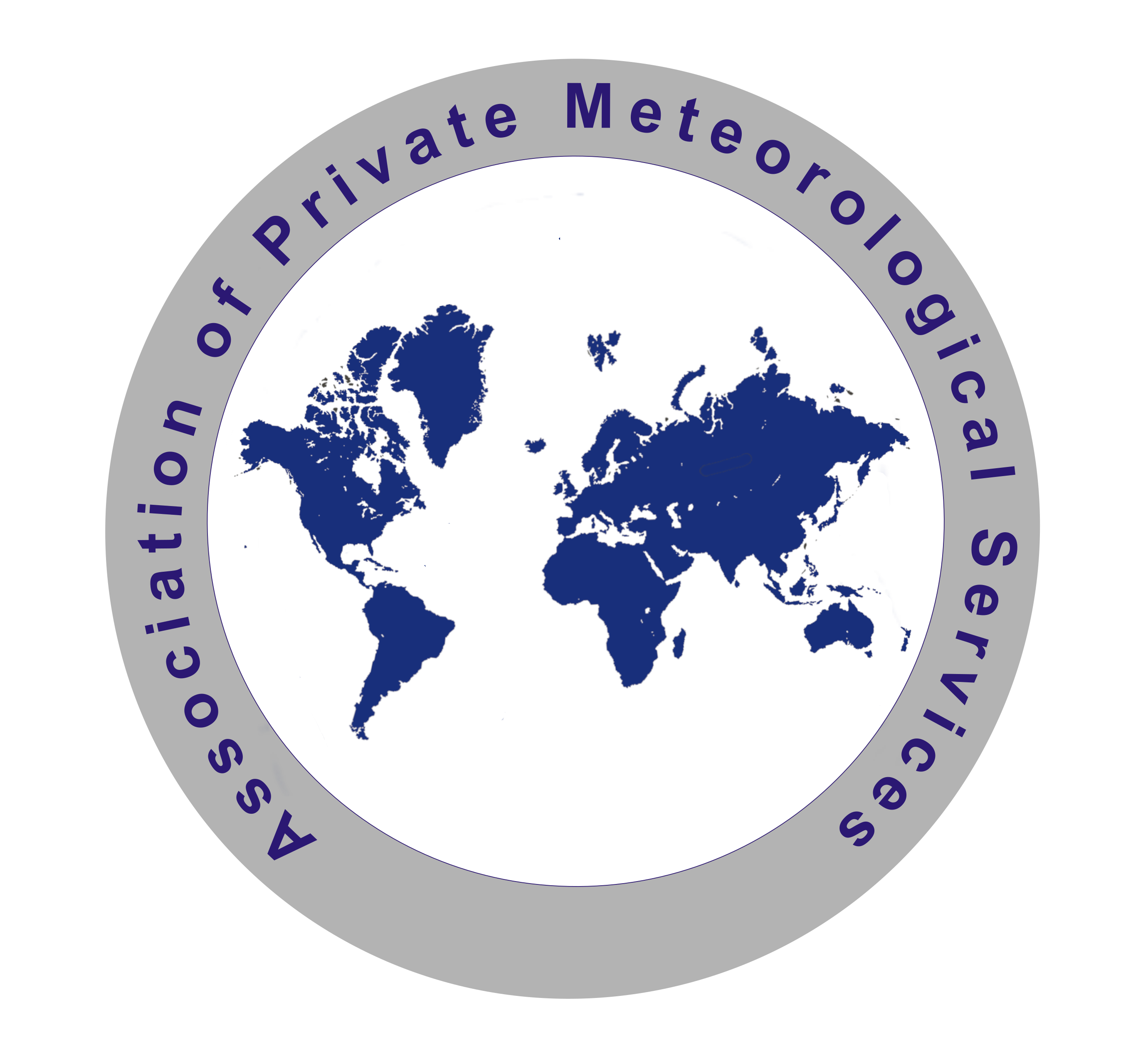Travel to Ljubljana & GHG emissions
Travel to Ljubljana by train
The Ljubljana Railway Station is Slovenia's main railway station. It connects Ljubljana to Trieste, Frankfurt, Munich, Zurich, Prague, Vienna, Graz, Budapest, Zagreb, and Belgrade. Railway is also a convenient means of transport within Slovenia, given that distances within the country are mainly short and travel costs low.
To help your research on the best option for your journey from across Europe by train, find links that provide some information on options for travelling throughout Europe by train.
- A wealth of information and links on how to get to Ljubljana by train: The man in seat 61 – highly recommended source.
Example Brussels to Ljubljana - Information on trains across Europe, rail passes, and booking system.
- Trains within Slovenia: tickets can be purchased online; for travel planning, tickets & prices, and services check out: https://potniski.sz.si/en/
Getting to Ljubljana by bus
The Ljubljana Bus Station has regular services to all Slovenia's neighbouring countries and the most popular tourist destinations within the country. Bus tickets can be purchased at the counter of the Ljubljana Bus Station or online from the Ljubljana Bus Station website.
European cities served by direct bus routes from Ljubljana are: Trieste, Venice (Mestre, Marco Polo Airport), Florence, Milan, Klagenfurt, Vienna, Munich, Dortmund, Paris, Budapest, Zagreb, Sarajevo, Belgrade, Niš, Sofia.
Getting to Ljubljana by other means
The following page also provides information about other means to get to Ljubljana:
We encourage all participants of the conference to investigate and consider possibilities to travel to Ljubljana by train, minimizing the carbon/GHG footprint caused by their travel.
Emissions offset
- Typical values for emission equivalents produced by air travel are between 250g/km for short domestic flights, and 150g/km for long-haul flights. A return flight for example from Amsterdam to Ljubljana thus results in roughly 195kg CO2 emissions (2,152 km; economy class, scheduled flight; 432 kg CO2 with climate impact of contrails, ozone formation, etc. included): https://www.atmosfair.de/en/reduce/fix/
- Taking a long-distance train will reduce emissions by 99%: 2kg CO2: 2kg CO2 for 2476km (return) https://ecotree.green/en/calculate-train-co2
- Detailed calculations for your trip can be investigated for example at:
https://ecotree.green/en/calculate-train-co2
https://ourworldindata.org/grapher/carbon-footprint-travel-mode or
https://www.icao.int/environmental-protection/CarbonOffset/Pages/default.aspx
https://www.atmosfair.de/en/reduce/fix/
EMS travel rules updated:
In the context of developing the Net Zero pledge the EMS has also updated its travel reimbursement rules. For recent years, most people on EMS mission have chosen train rides over air travel, but EMS has now inscribed this in its rules. Main points are:
- Travel shall normally be by the most economical route and means of transport and aiming at minimal GHG emissions. In principle, for a total travel time less than 24 hours, train travel should be chosen, or other means that have a low GHG emission-effect like by bike. Exceptionally, account may be taken of the time saved by using a somewhat less economical route or means of transport.
- It is mandatory to collect GHG emission statements. These statements complete the reimbursement claim and are needed to support the calculation of EMS’s CO2 footprint. If no certificate is available (e.g. no information coming with the ticket/receipt), a best-guess should be given. (based on the distance travelled and means of transport).
We invite delegates to follow this example.

